![]()
![]()
![]()
Use LEFT and RIGHT arrow keys to navigate between flashcards;
Use UP and DOWN arrow keys to flip the card;
H to show hint;
A reads text to speech;
76 Cards in this Set
- Front
- Back
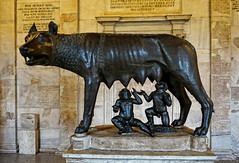
This work is known as the ___________. |
Capitoline Wolf |
|

This work is from the ___________. |
Etruscan civilization |
|

This work was made in approximately ____________. |
500 BCE |
|
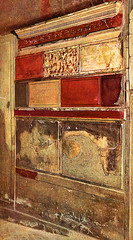
This is which Pompeiian style? |
First |
|
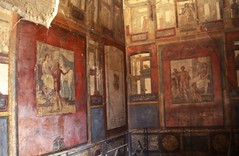
This is which Pompeiian style? |
Fourth |
|
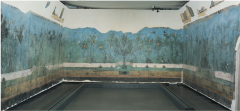
This is which Pompeiian style? |
Second |
|
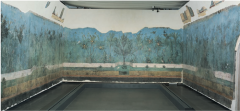
This is located in _________, ___________. |
Villa of Livia, Primaporta |
|
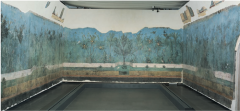
The type of perspective the painter used to create this "picture window" painting is called ___________. |
Atmospheric perspective |
|
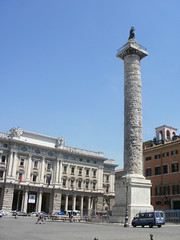
This is named for the emperor, _______. |
Trajan |
|

The work demonstrates a spiral narrative _________. |
Frieze |
|

The work is located in __________. |
Rome |
|

This is known as the ___________. |
Ara Pacis |
|

This was found in __________. |
Rome |
|

This was commissioned by ________. |
Augustus |
|
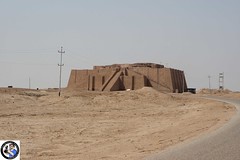
This structure is known as the ___________. |
Ziggurat of Ur |
|

The "style" of this structure comes from __________. |
Sumer |
|

This is found in present day _________. |
Iraq |
|

The patron of the work was _________. |
Hammurabi |
|

The work is from the ancient culture of ___________. |
Babylon |
|

This work is made of ________. |
basalt |
|
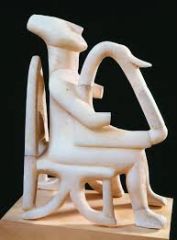
This work is made of _________. |
Marble |
|
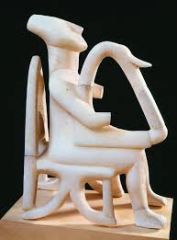
This work is from ________ culture. |
Cycladic |
|
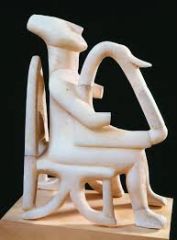
This work was made in approximately ____________. |
2500 BCE |
|
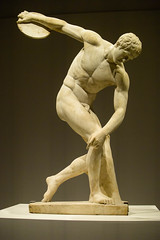
This work is titled ___________. |
Discus Thrower |
|

The artist of this work is __________. |
Myron |
|

This work is from _______. |
Greece |
|
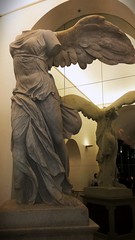
This work is titled _____________. |
Nike of Samothrace |
|

This work is from the _________ period. |
Hellenistic |
|

This work is made of __________. |
marble |
|

This work is a bust of _________. |
Nefertiti |
|

This work was created during the _________ Kingdom of ancient _________. |
New, Egypt |
|

This is known as the ___________. |
Mask of Agamemnon |
|

This is from __________. |
Greece |
|

The style is ____________. |
Mycenaean |
|

The technique used to make this is known as ___________. |
Repousse |
|
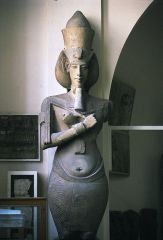
This is a statue of ______. |
Akhenaten |
|
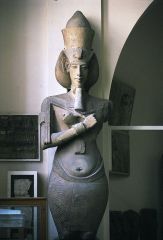
This is made out of _______. |
sandstone |
|
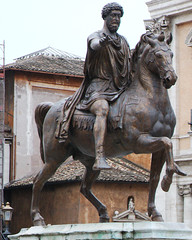
This is known as the _________________. |
Equestrian Statue of Marcus Aurelius |
|
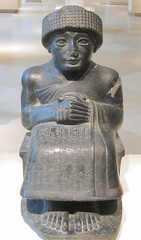
This is one of the statues of ___________. |
Gudea of Lagash |
|

This statue is from the Mesopotamian culture of ___________. |
Neo-Sumeria |
|

This is known as the ___________. |
Ishtar Gate |
|

This comes from the culture of ___________. |
Neo-Babylon |
|
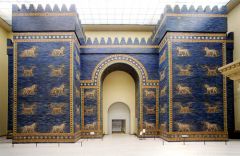
This is primarily made out of ____________. |
Glazed brick |
|
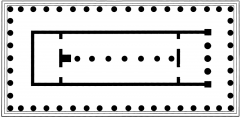
This is the plan of the ____________. |
Temple of Hera |
|
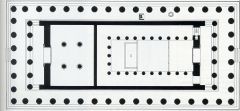
This is the plan of the ___________. |
Temple of Parthenon |
|
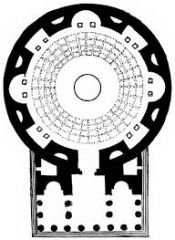
This is the plan of the _________. |
Pantheon |
|
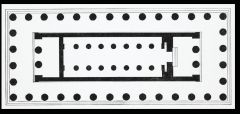
This is the plan of the _________. |
Temple of Hera II |
|

This temple is located in ______________. |
Pasteum, Italy |
|

The center room of this structure is called the ___________. |
Cella |
|

This is a piece of a ____________. |
Flavian woman |
|

This was created in approximately ___________. |
90 CE |
|
|
The style of bust sculpture demanded of the artists during the Roman Republic was called ___________. |
Verism |
|
|
The Colossal Head of Constantine is known as an image of an ___________. |
eternally youthful ruler |
|
|
The statue of Athena Parthenos resided in the ____________. |
Temple of Athena Nike |
|
|
Ti watching a hippopotamus hunt is a good example of of the use of __________. |
hierarchy of scale |
|
|
The ________________ commemorated the unification of two Egyptian kingdoms. |
Palette of Narmer |
|
|
Cycladic art's style of breaking down the figure into the utmost simplistic, geometric form, is best represented by the figurine of the _____________. |
male harp player |
|
|
Which of the following is NOT one of the three main arches used in Aegean culture architecture? |
c |
|
|
Nike adjusting her sandal is a relief that adorned the parapet that surrounded the ______________. |
Temple of Athena Nike |
|
|
The caryatids that stand at the Treasury of Siphinians are of which Greek era? |
Archaic |
|
|
The caryatids of the south porch of the Erechtheion, Acropolis are of which Greek Era? |
Classical |
|
|
The Palace of Knossos is located in __________. |
Crete |
|
|
The Persepolis was built by the ________. |
Persians |
|
|
The __________ culture existed on the Island of Crete, while the __________ culture existed in mainland Greece. |
Minoan, Mycenean |
|
|
The Snake Goddess is described in the text as a _____________. |
priestess |
|
|
The Lady of Auxerre is an example of _________ art. |
Daedalic |
|
|
The Dipylon Painter funerary amphora is clearly from the Geometric period because of the artist's calculated use of __________. |
space |
|
|
The Dying Gaul was constructed during which Greek era? |
Archaic |
|
|
The Fallen Warrior was constructed during which Greek era? |
Hellenistic |
|
|
Several artists challenged the dramatic idealistic style of Hellenistic sculptures with statues such as the _________________. |
Old Market Woman |
|
|
The order style of The Parthenon is ________. |
Doric |
|
|
The _____________ was the first statue to show how a person actually stands. |
Kritios Boy |
|
|
Who is the sculptor who wrote "The Canon"? |
Polykleitos |
|
|
__________ was the sculptor who devoted his life to studying human proportion. |
Polykleitos |
|
|
Polykleitos sculpted the __________, demonstrating the canon of proportions. |
Spear-Bearer |
|
|
Despite the title of the Spear Bearer, this sculpture was a ______________________________________- how muscles swell, how people stand, etc. |
Celebration of the human body and its physical abilities |

